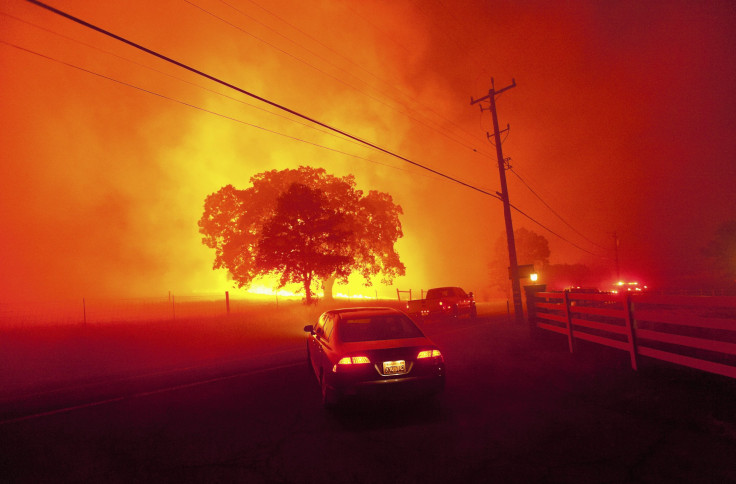NASA Says 2016 Hottest On Record So Far, Arctic Sea Ice Cover May Reach New Lows

The first six months of 2016 have been the world’s hottest ever on record, according to NASA and the National Oceanic and Atmospheric Administration — the third year in a row to set a record. The heat has caused the Arctic sea ice to contract so rapidly that the ice cover may reach its lowest extent on record before the end of this year.
Scientists took temperatures from around the world to gauge monthly averages. Every month, except March, in 2016 has been warmer since reliable records started being maintained, that is, 1880. The average for June this year was 1.62 degrees Fahrenheit hotter than the average June in the 20th century. Overall, 2016 has been 2 degrees warmer than the 20th century.
The trend of global warming, combined with an El Niño over the end of last year led to the thinning of the Arctic ice. NASA has confirmed that the wintertime Arctic sea ice extent is at its lowest on the record — 5.6 million square miles. With the start of this year, the North Pole saw an increase in temperature by about 50 degrees Fahrenheit above normal.
The extent of Arctic sea ice at the peak of the summer now covers 40 percent less area than it did in the late 1970s and early 1980s, NASA said Tuesday. Arctic sea ice extent in September — the seasonal low point in the annual cycle — has been decreasing at a rate of 13.4 percent every decade.
“We’ve had the lowest sea ice extent average over the first six months by a fair amount in our satellite record going back to 1979,” Walt Meier, a NASA sea ice scientist, said in the statement.
Gavin Schmidt, climate scientist and director of NASA’s Goddard Institute for Space Studies, said that “2016 has really has blown that out of the water,” referring to last year’s record for being the hottest year globally.

This consistent increase in temperature is more likely to affect the sea level. “Sea level rise is a cumulative effect of persistent warming for decade and decades and decades,” Schmidt elaborated, “that is warming up the interior of the ocean.”
Operation IceBridge, one of NASA’s long-running campaigns, last week set off on a series of airborne measurements of melt ponds — shallow pools of water that form as ice melts — on the surface of the Arctic sea ice cap. The pond’s darker surfaces absorb more sunlight and accelerate the melting process. The formation of melt ponds early in the summer is reported to be a good indicator of the yearly minimum sea ice extent.
The NASA team said El Niño’s warming influence will disappear by the end of the year, causing 2017 to be cooler. However, the persistent nature of the warming over the past several decades provides a reason for concern.
© Copyright IBTimes 2024. All rights reserved.












